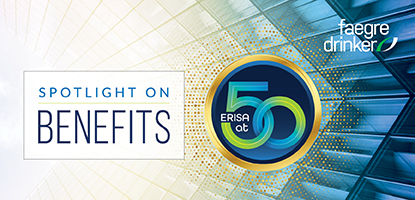The SECURE 2.0 Act made it easier for retirement plan sponsors to correct automatic enrollment errors. As a policy matter, Congress strongly supports automatic enrollment provisions in retirement plans, and making it easier to correct errors should (hopefully) encourage retirement plan sponsors to add such features to their plans. This post focuses on the automatic enrollment correction provisions of the SECURE 2.0 Act. (For an overview of the SECURE 2.0 Act for defined contribution plan sponsors, click here.)
Correcting Automatic Enrollment Errors
Section 350 of the SECURE 2.0 Act codified a safe harbor correction for automatic enrollment errors into the Internal Revenue Code. Prior to the SECURE 2.0 Act, automatic enrollment errors were eligible for correction under EPCRS (Employee Plans Compliance Resolution System) but were often subject to a sunset provision by the IRS (although that sunset provision had been extended previously).

